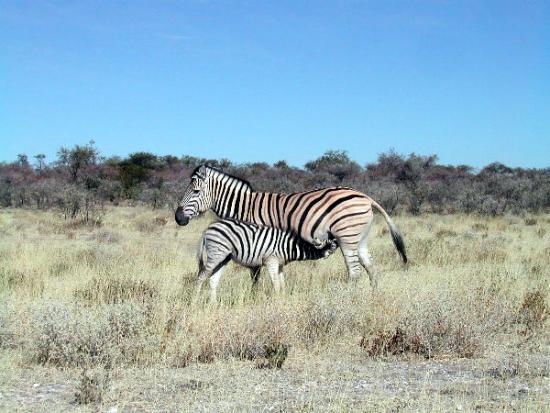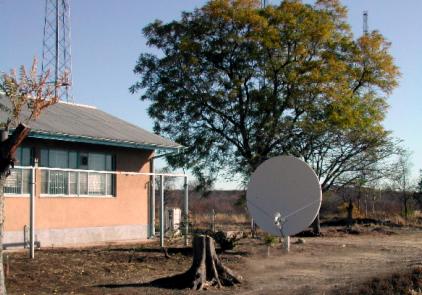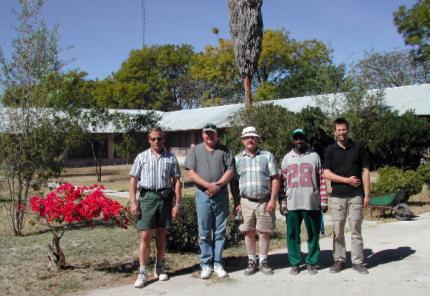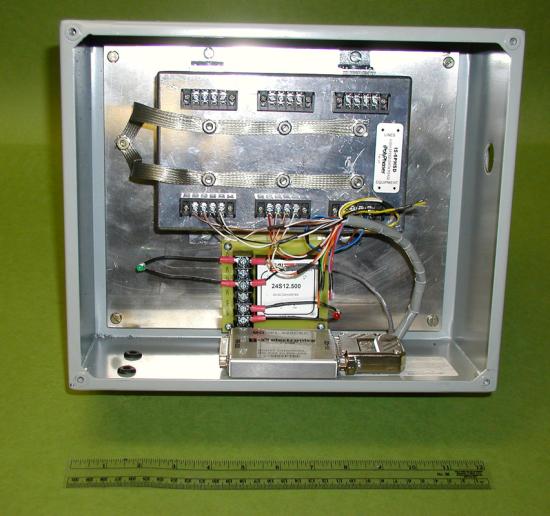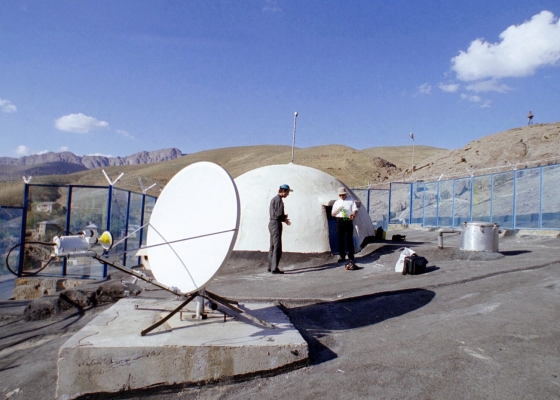AS67, Tsumeb, Namibia

Tsumeb is located near the Etosha National Park.
Tsumeb

Tsumeb is subtropical with very hot summers and mild winters. The mean maximum temperature is 29.7oC, while the mean minimum temperature is 14.4oC.
Geology and Geography
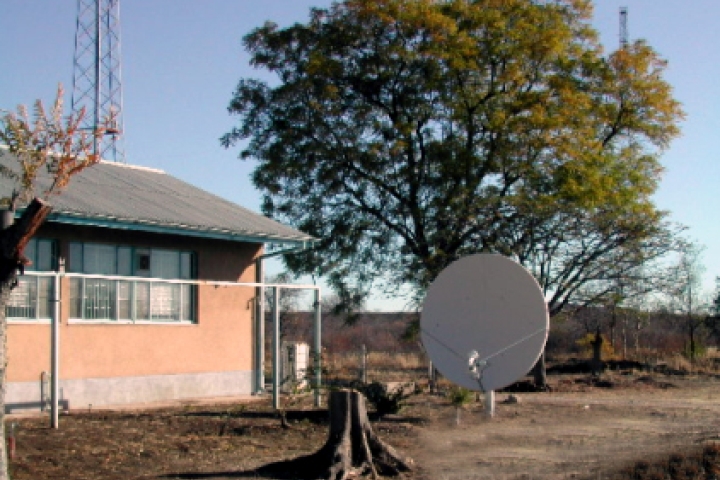
Outside AS67 station
Mandate of Auxiliary Seismic Stations
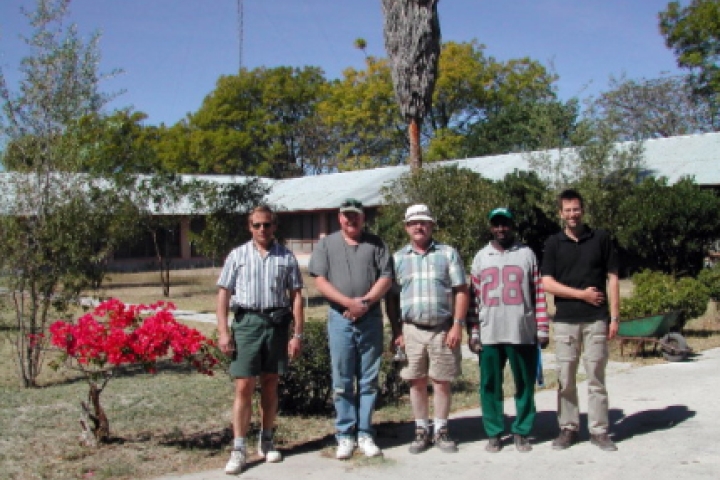
The Tsumeb station is located within a government-owned research facility.
International Monitoring System Station Location
Station Profile
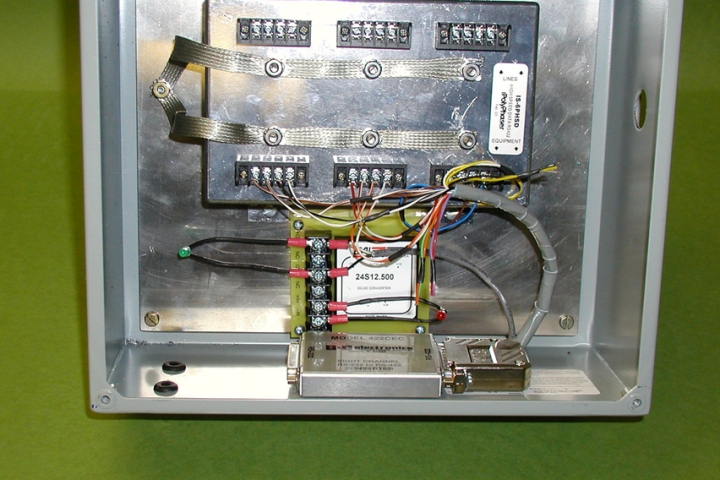
AS67 equipment in use
Testing and Certification
Data availability registered 100% in April 2004 and 99% in June 2004. Successful implementation of authentication measures, confirmation of data flow via the GCI and a favourable data availability figure indicated that the station was capable of meeting the 98% annual mission-capable data availability requirement. AS67 was therefore certified on 26 July 2004.


